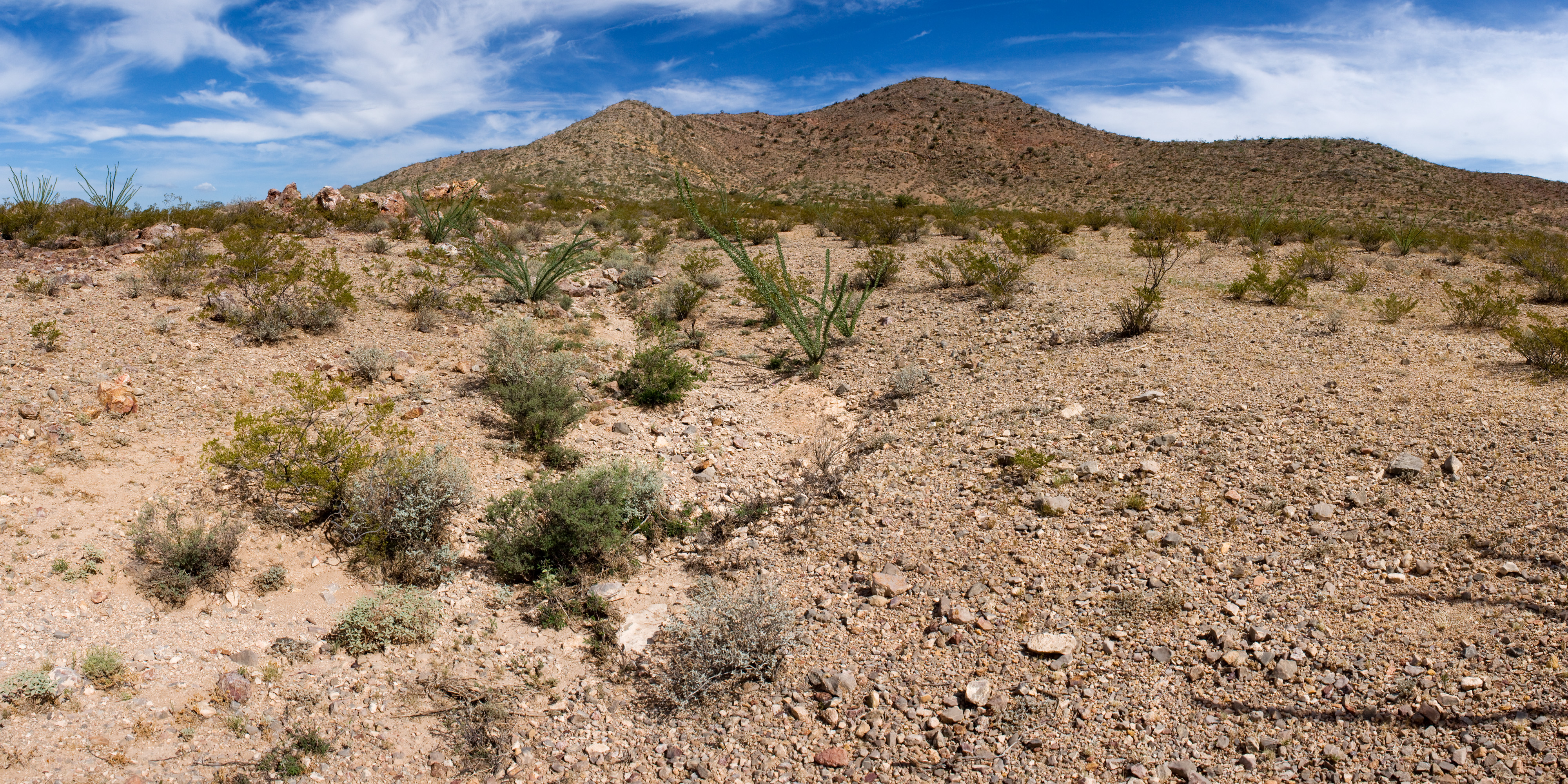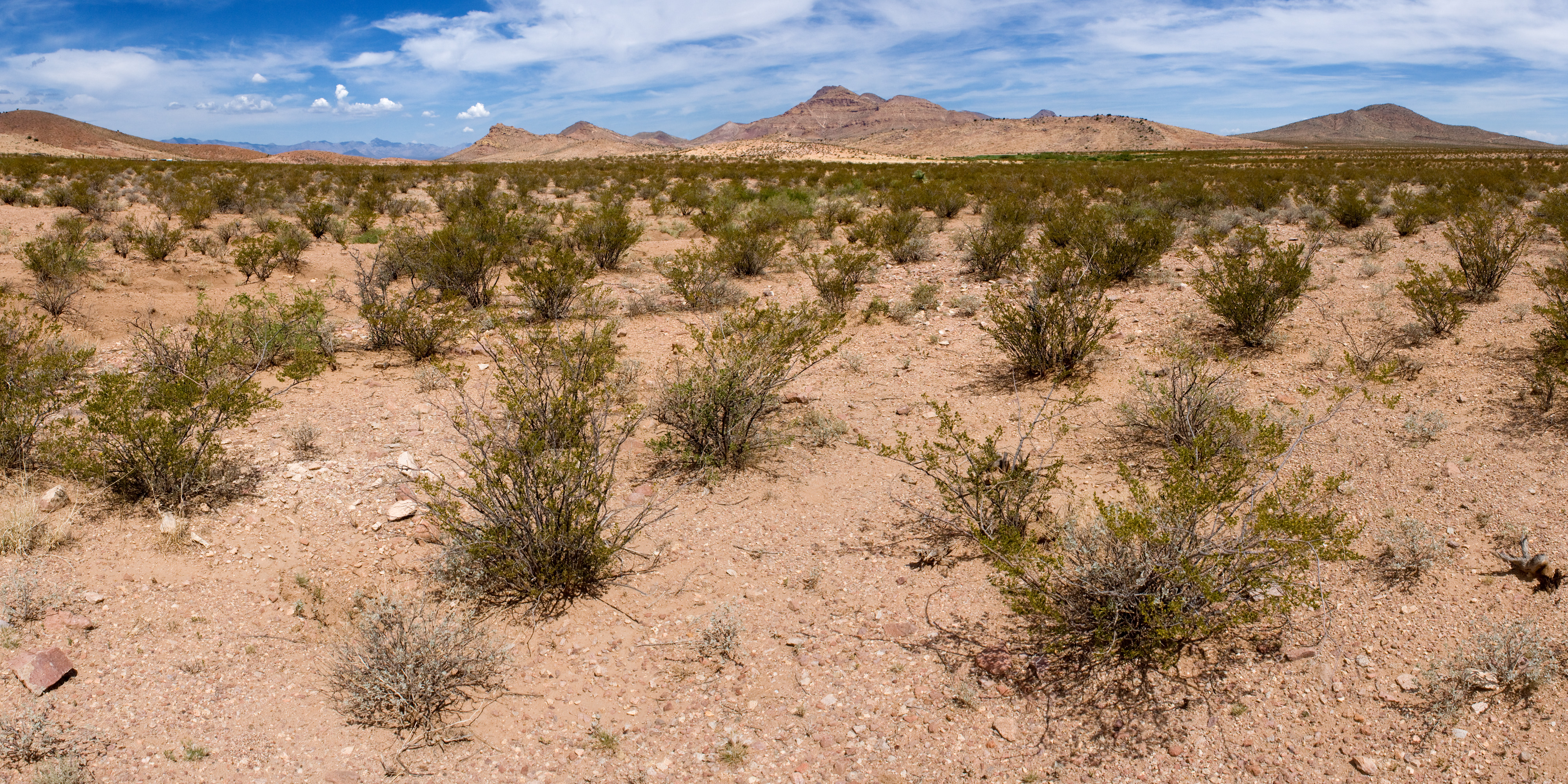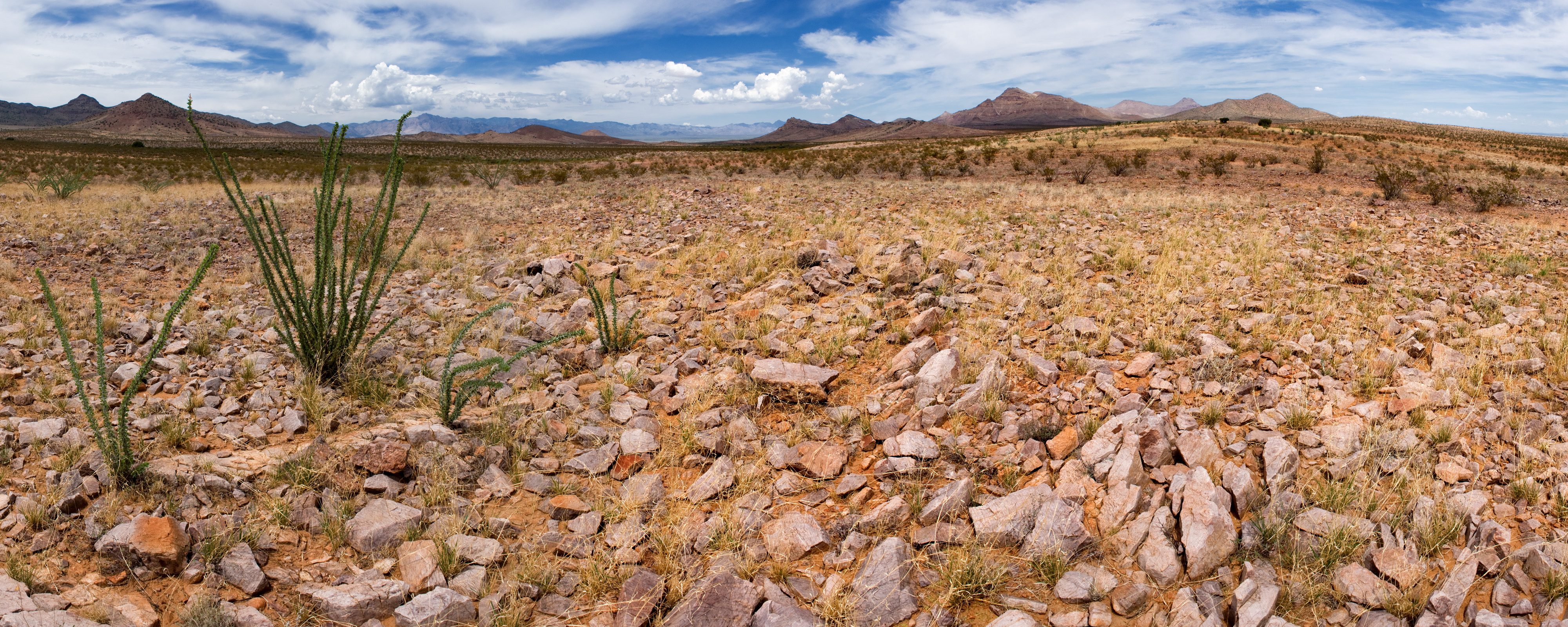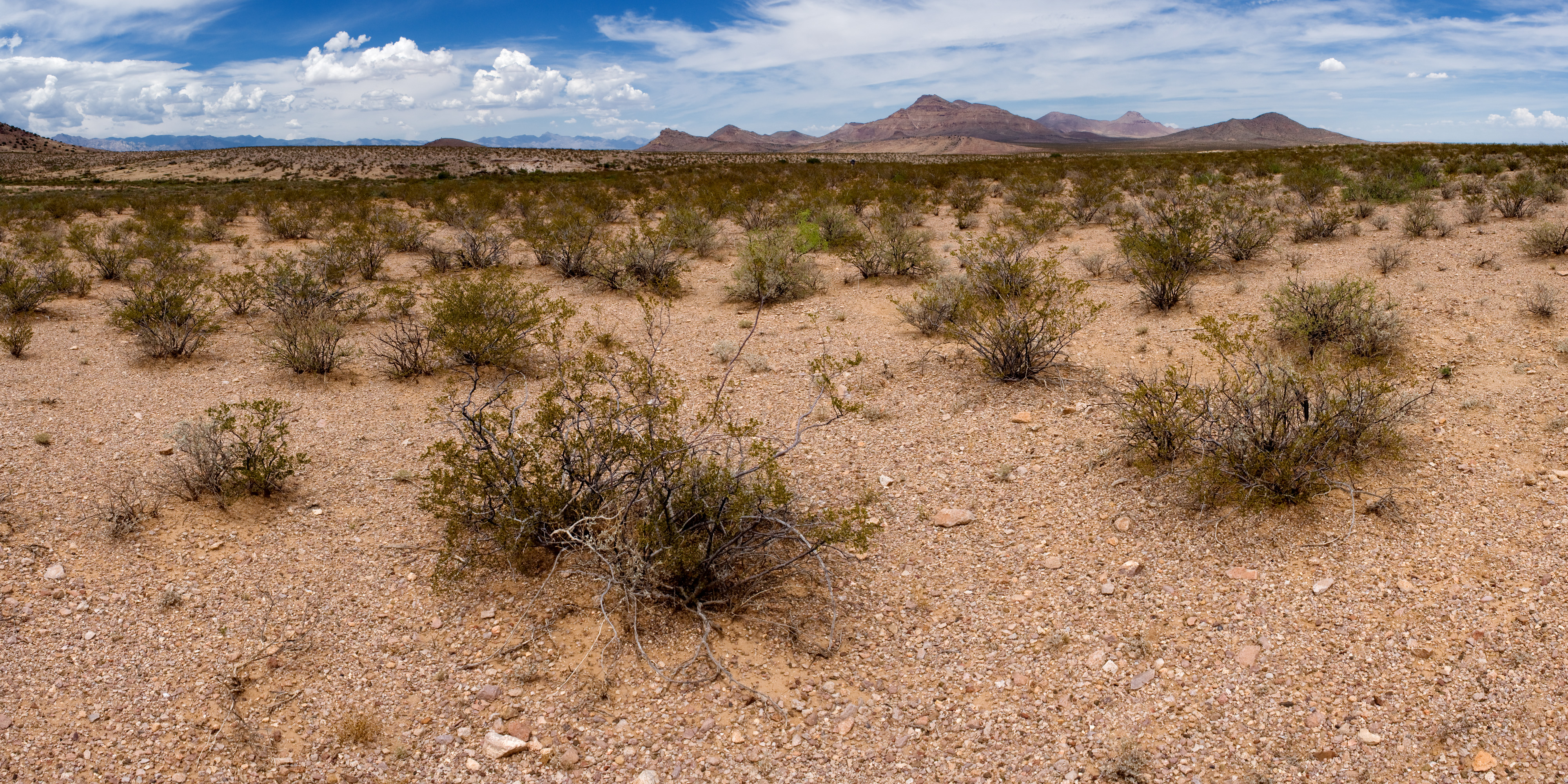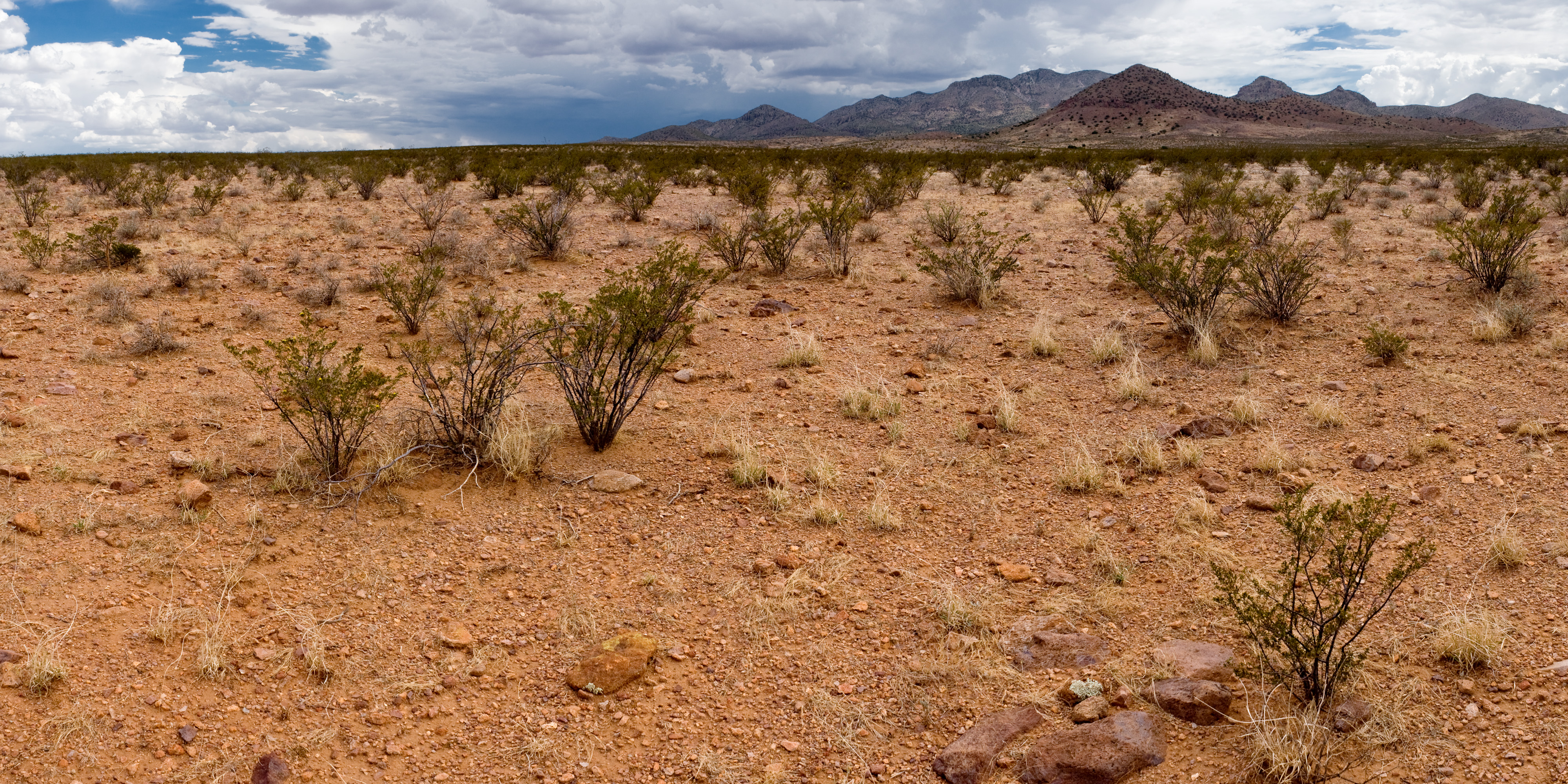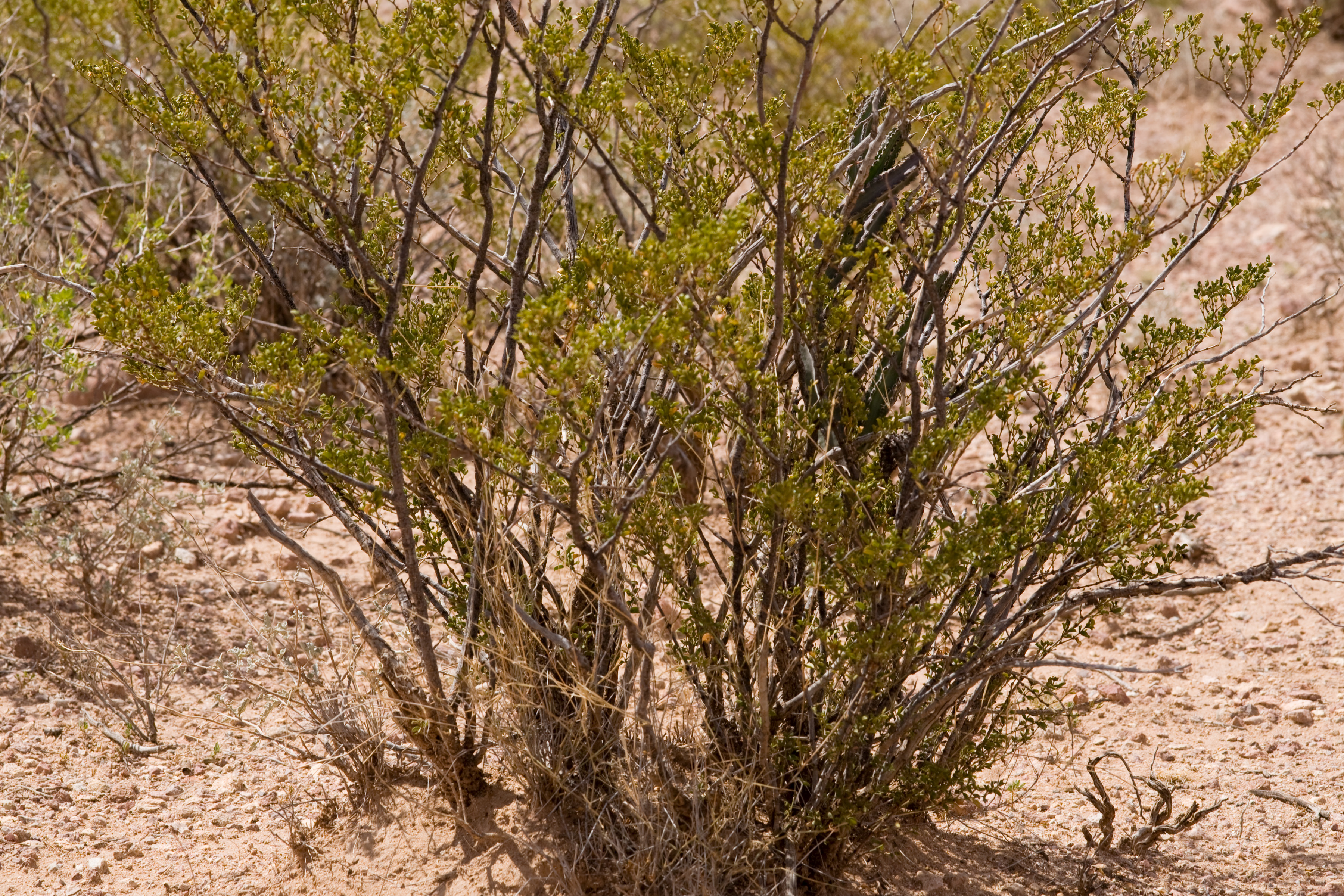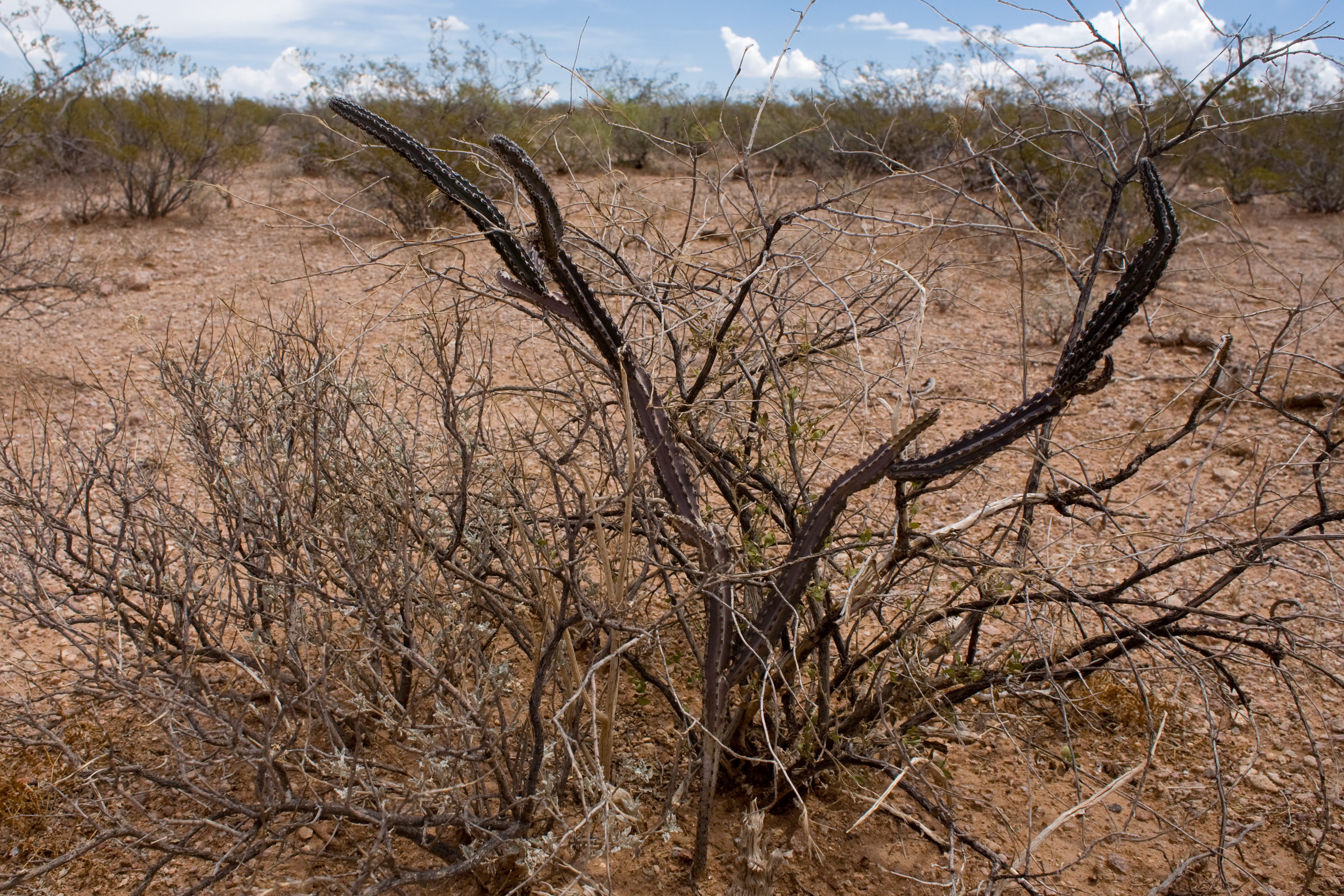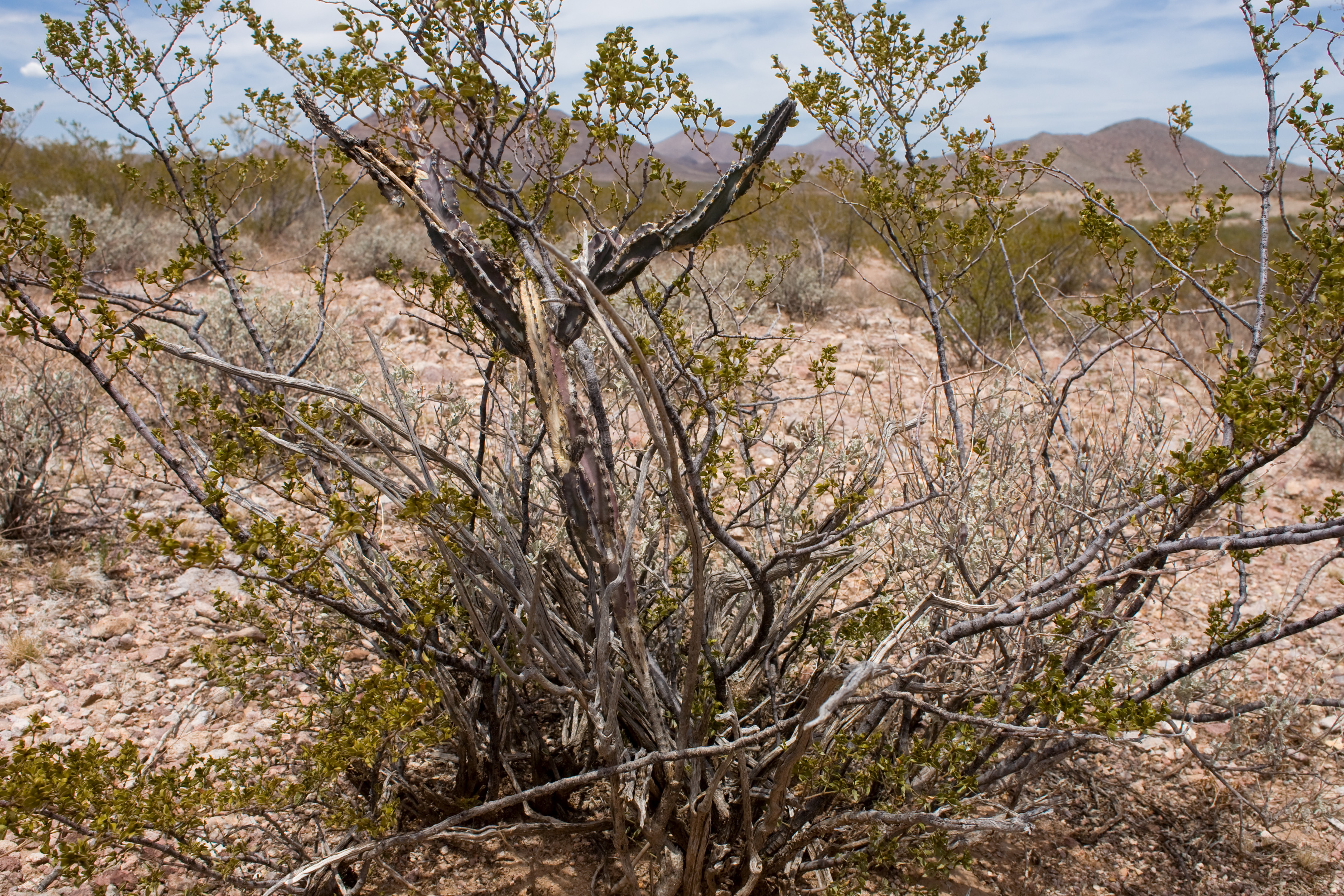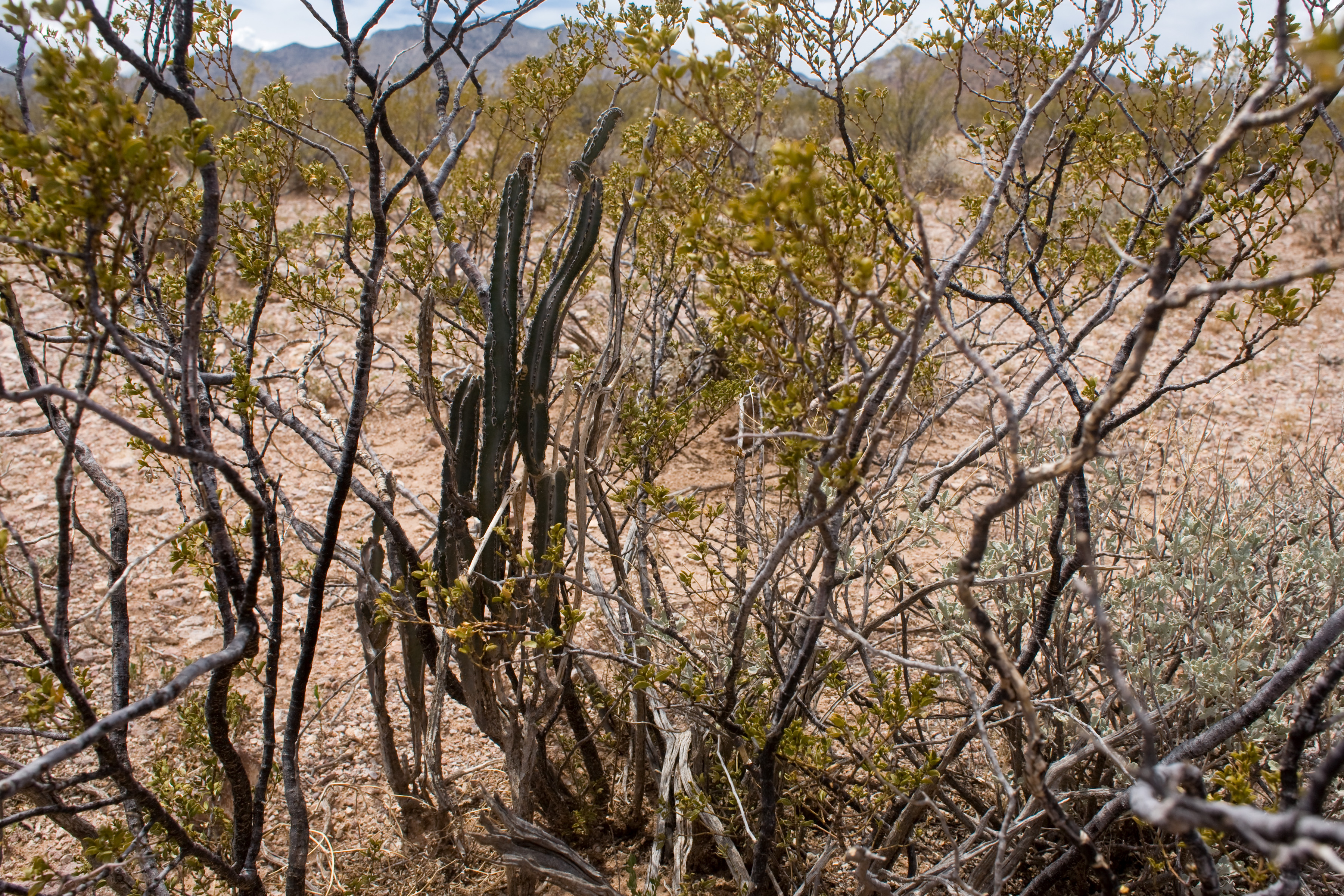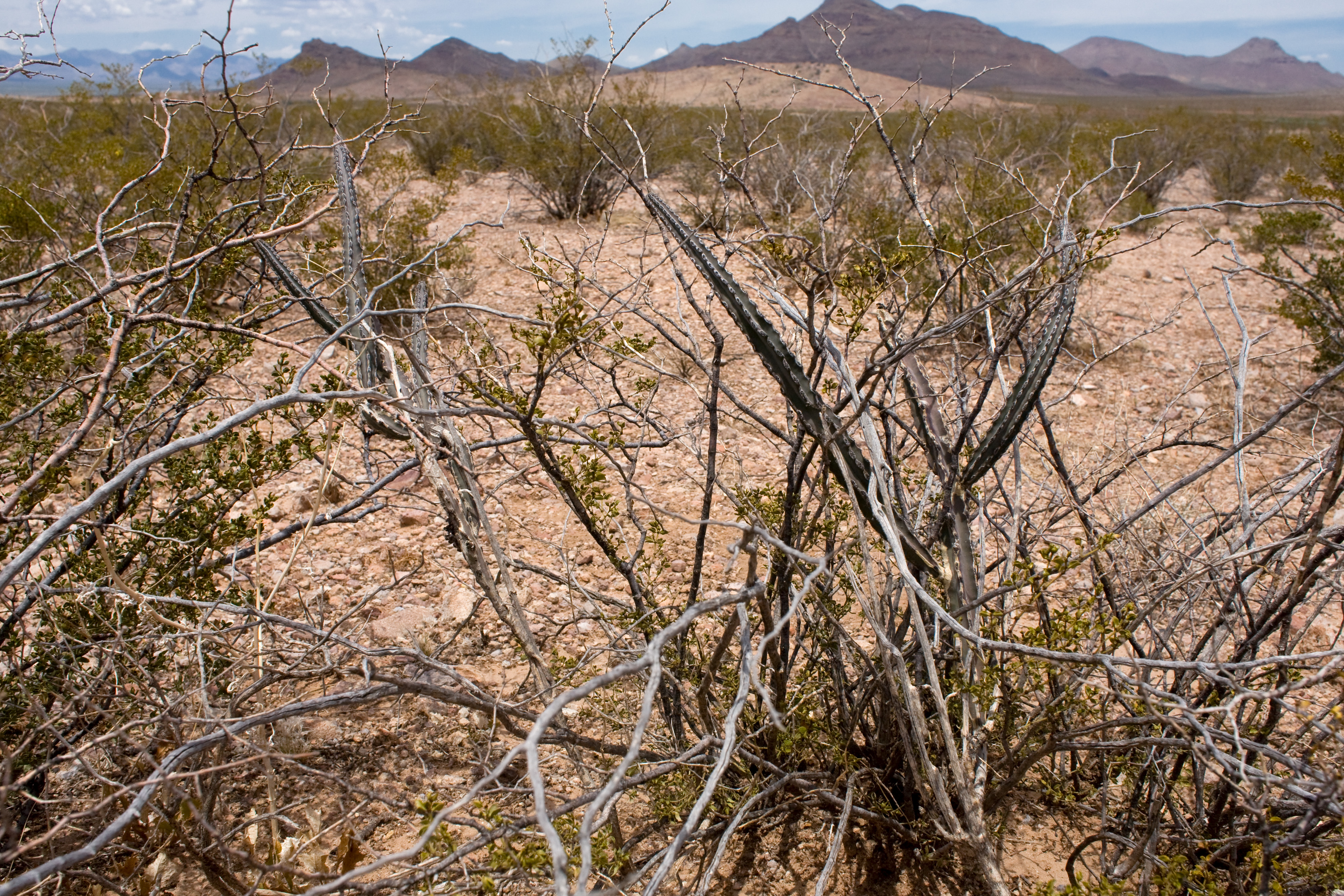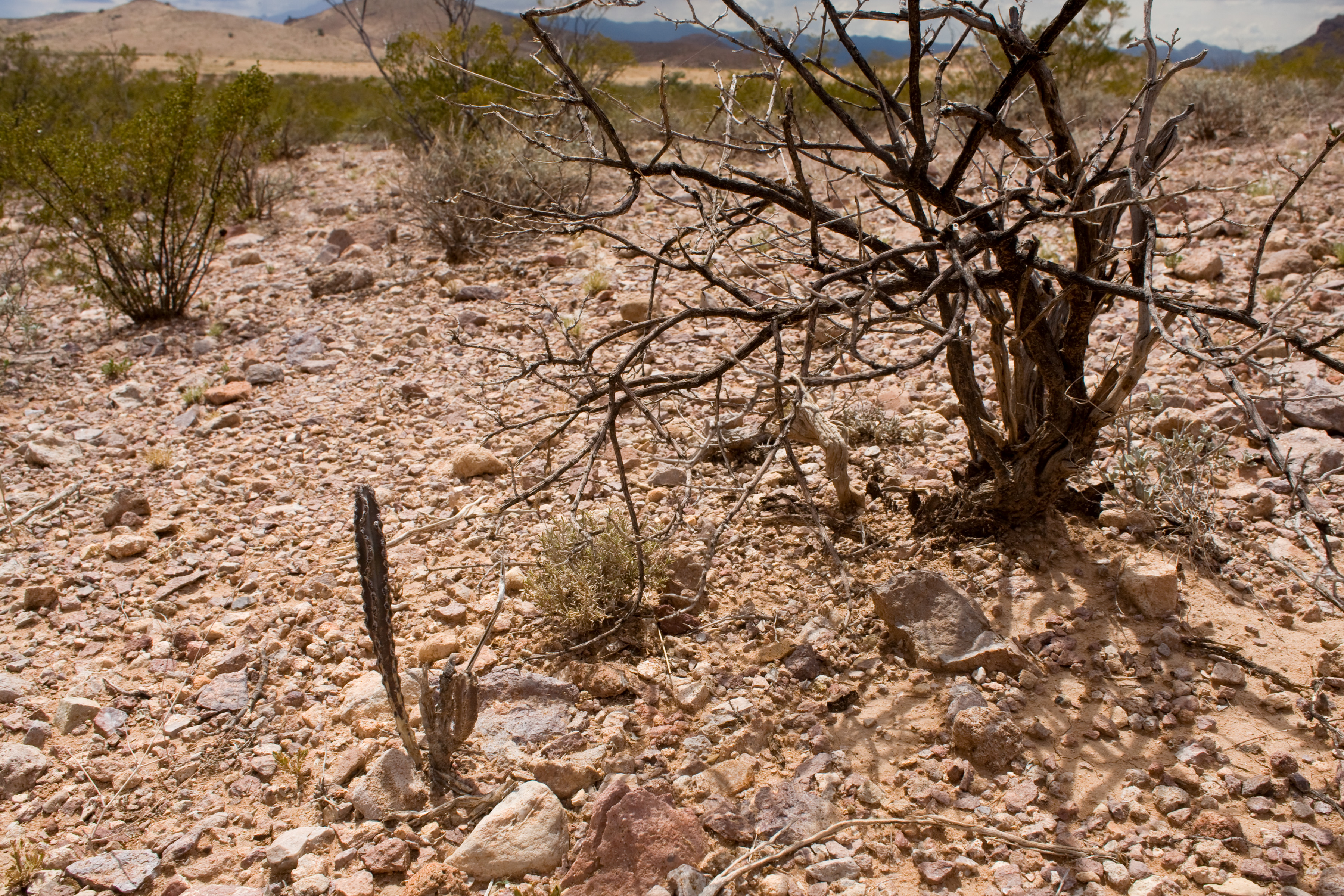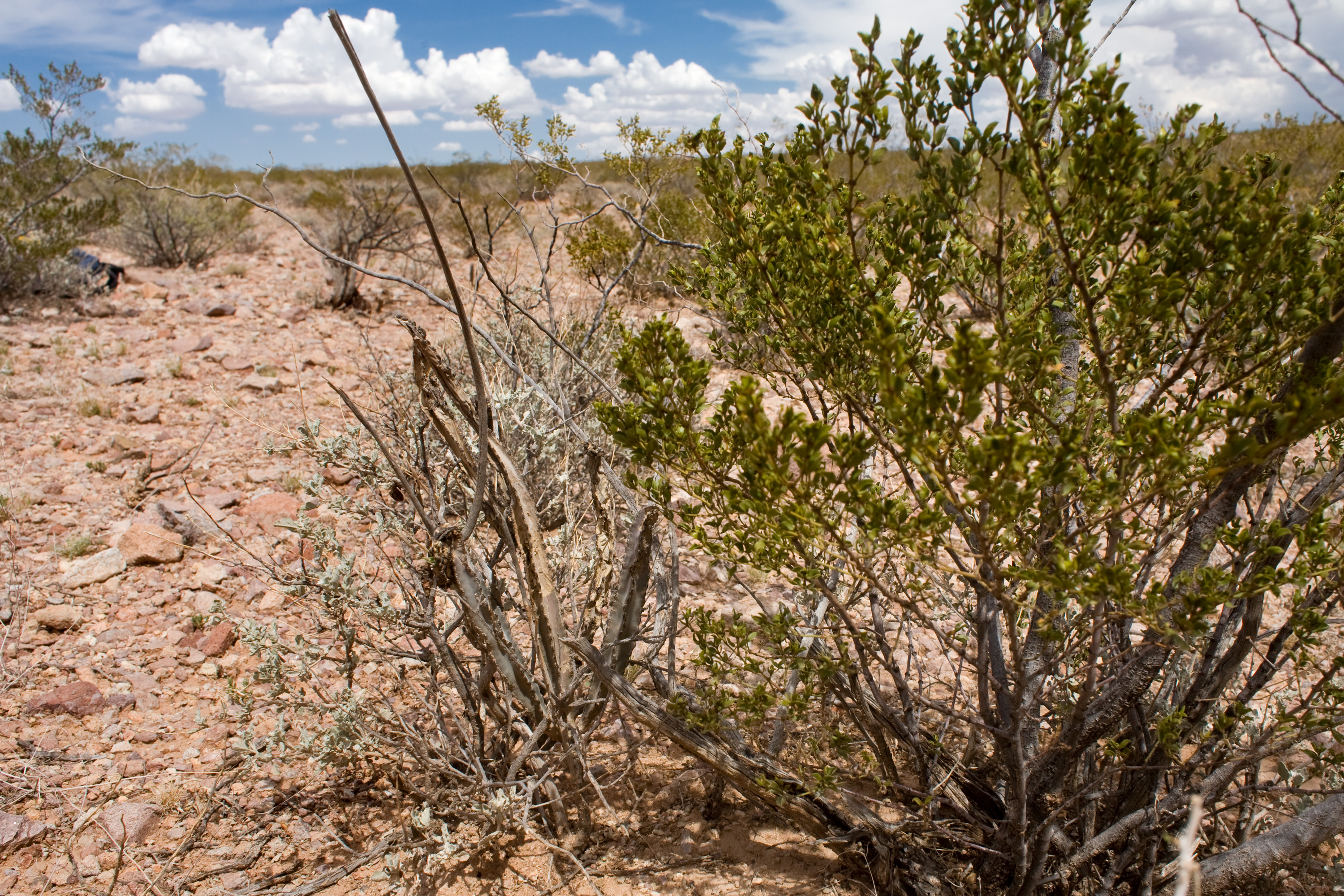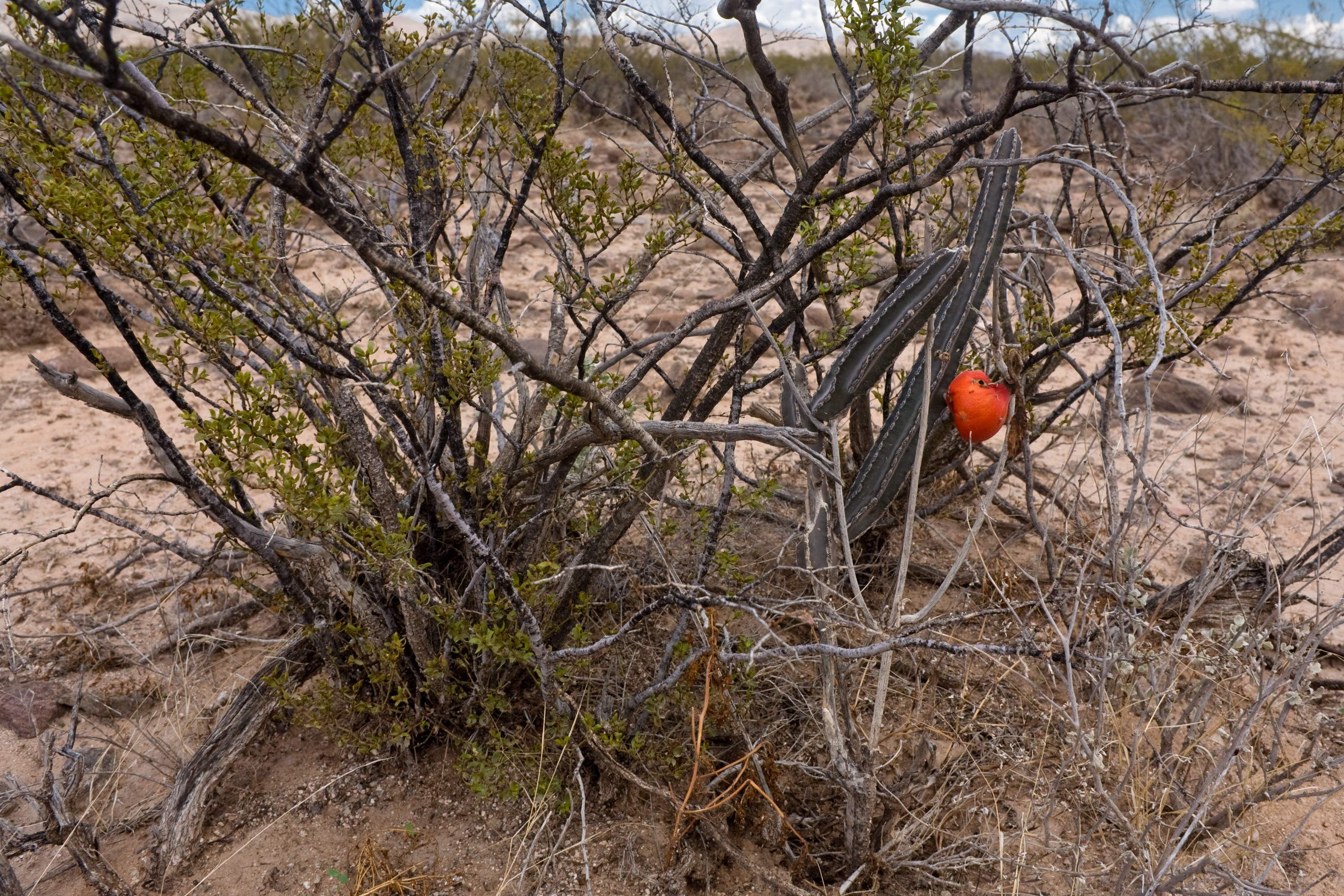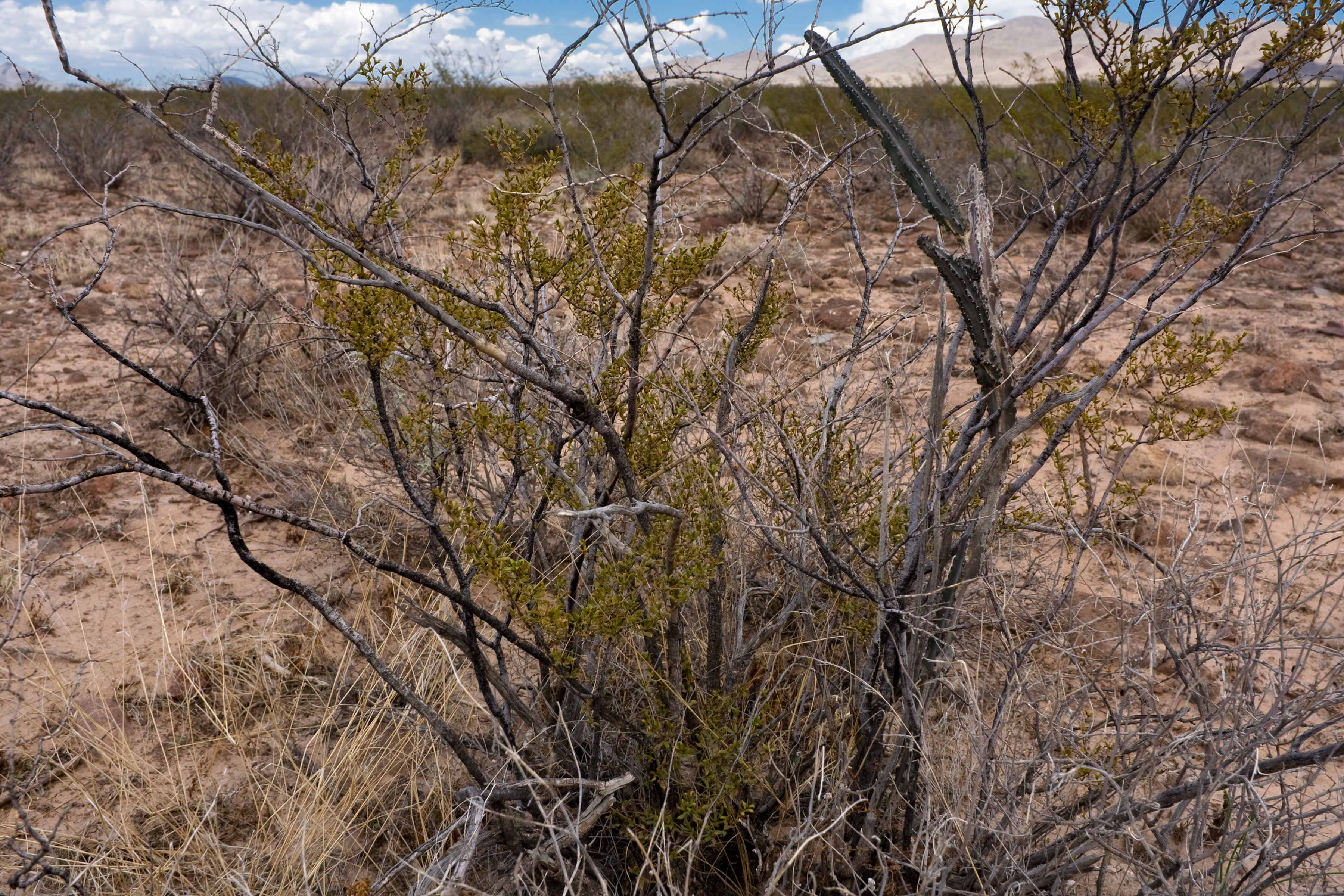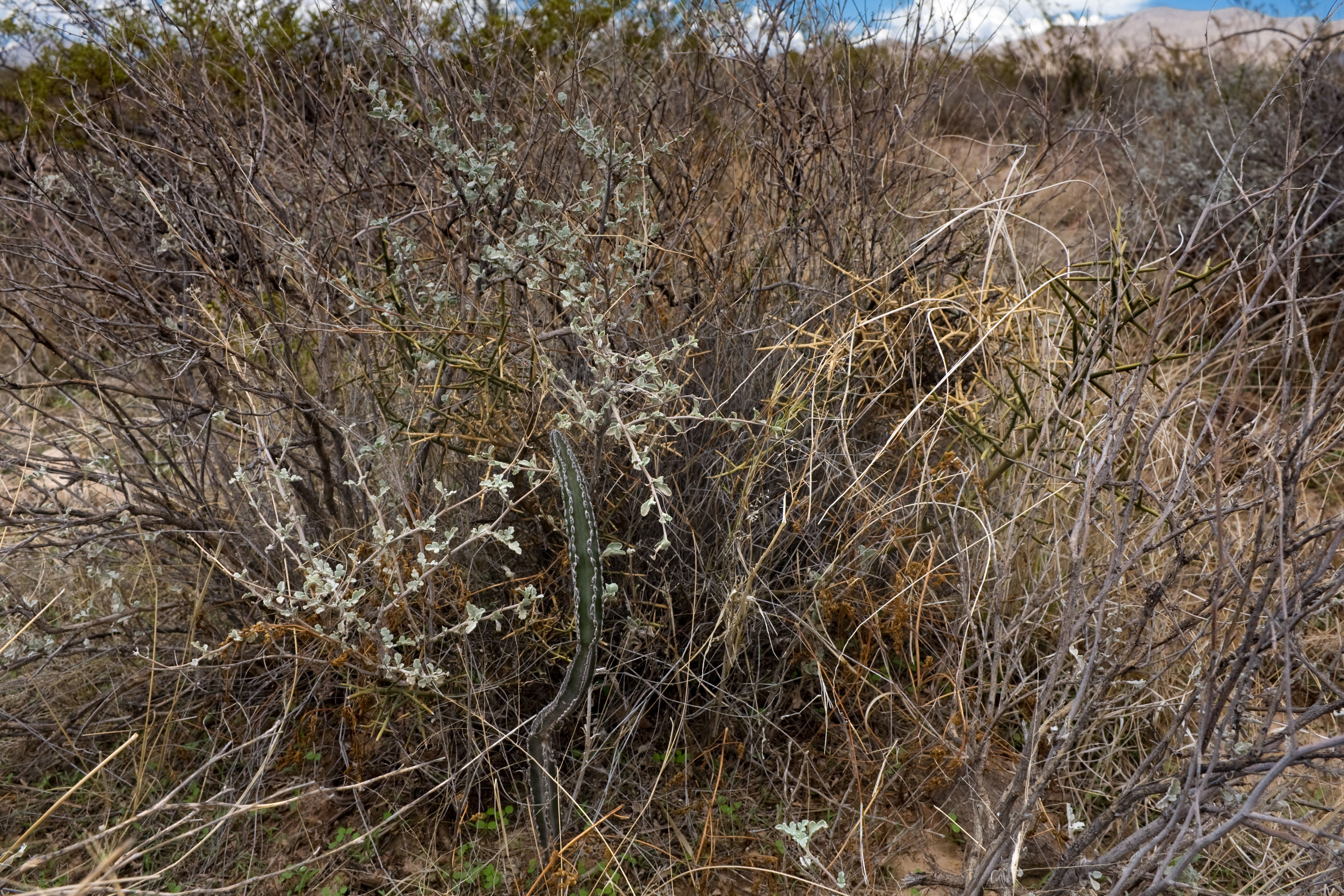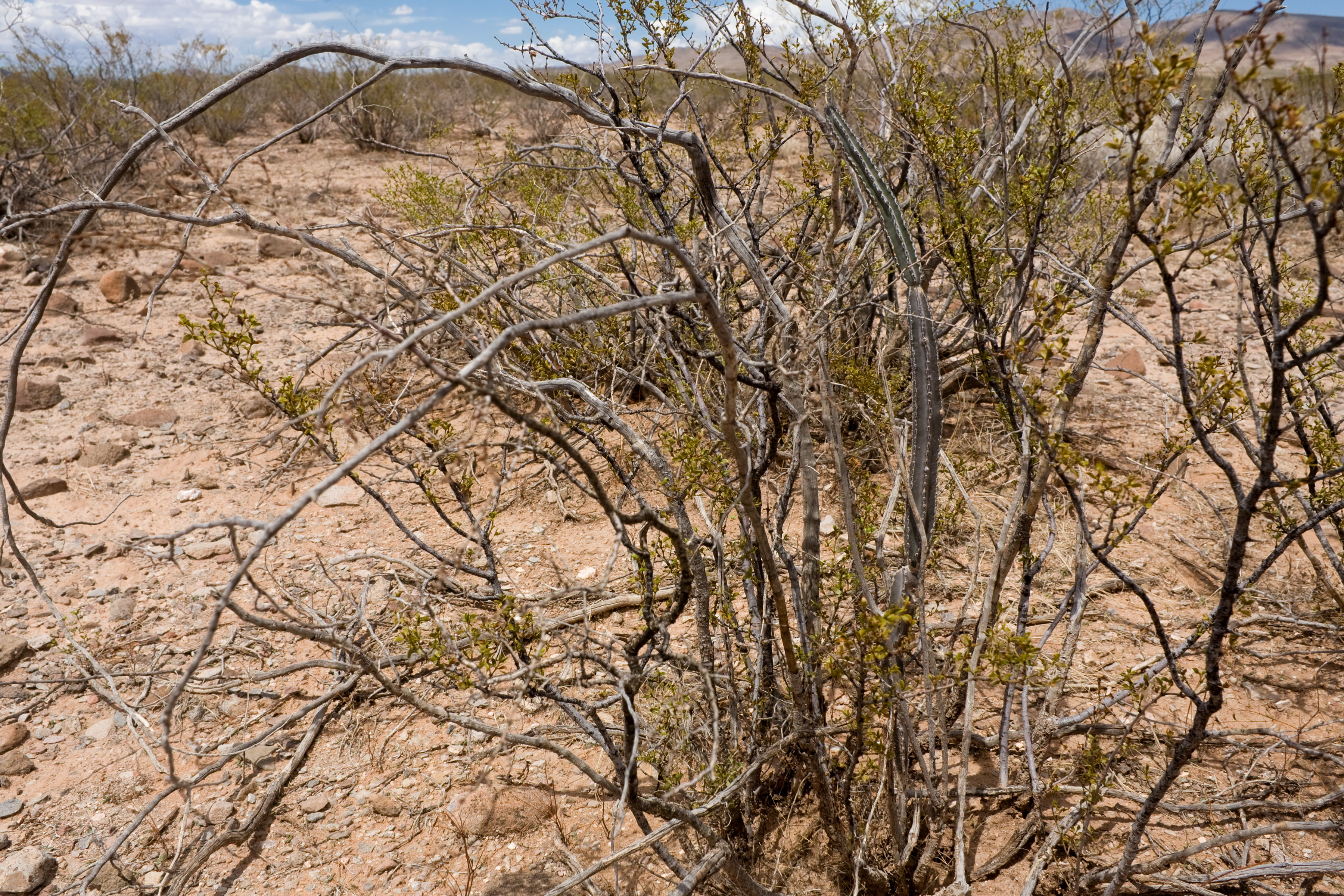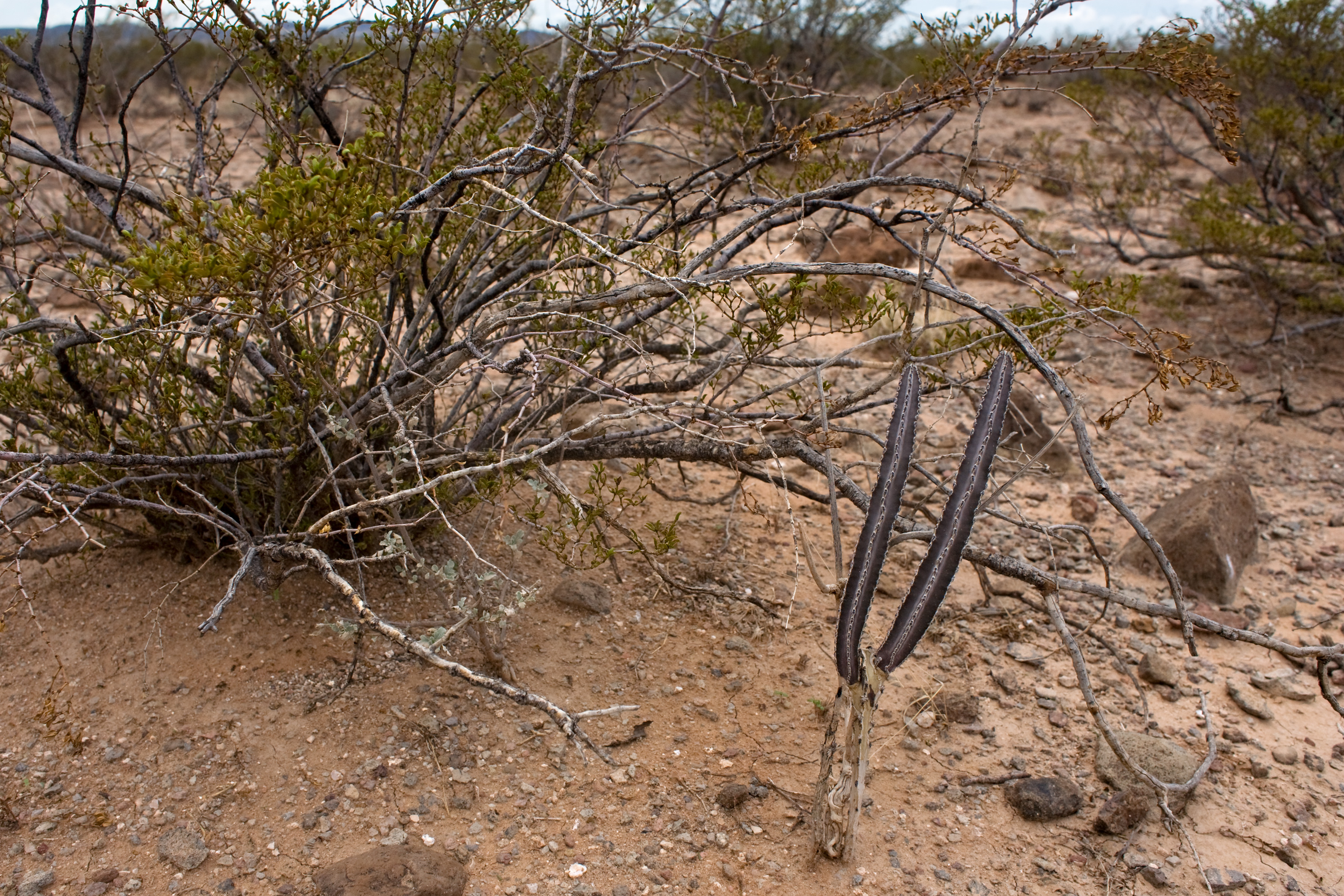So, we meet again. Drawn together by the mutual attraction of plant propagation and the desire to rob plants of their reproductive organs and store them in a warehouse…
Still chipping away at a target species list for seed collection/propagation for the ol’ Taos Plateau. It’s quite an assignment. I’ve been consulting with local specialists, reviewing literature, and consulting again. The challenge is answering how many should be collected, and of that collection, how many should actually be grown out. Some of these are greater fundamental conundrums beyond my pay grade. At least the ordering is done and I am freed from requisition forms! The next step, which is a rather large one, is to develop a management plan for the growth facility, the Rael property. This will entail several weed treatments, some minor construction, and most likely tree thinning and pruning. Selfishly, I want to release a small herd of goats on the field and then have a luau when they’ve eaten all they can. If you haven’t had roast goat, you’re missing out.
The monsoons have brought some much needed moisture back to the Taos field office. This also presents some unique driving situations. Driving down a wet bladed road is akin to driving on sheet ice. You will slide down into the bar ditches. You will probably need to call someone to come get you out. I’m thinking of implementing a baked goods rule for every time you get hauled out of a ditch. The day following a ditch incident there should be a mandatory dispensing of doughnuts to the entire office. Shame doughnuts. Getting stuck happens, but I think enough shame doughnuts will impart discretion in which roads to go down on a rainy day. For the record, I’ve avoided self-disdain and shame doughnuts.
Lately, I’ve been assisting with the AIM crews. I was a crew lead for AIM for nearly three years before I took this position so I have graced them with my field expertise (*cough). On one plot in particular, I found a pottery shard along a transect. I’ve found arrowheads in the field but never a pottery shard. For those who don’t know, New Mexico is one of the longest continually inhabited areas in the country. Euro-American presence goes back around 500 years, whereas most other areas of the west are around only 200. And going further, Ameri-Indians have been here for eons before that. This particular plot was at the juncture of several major historic eras where there has been consistent human habitation from multiple time periods. There were also petroglyphs adjacent to the plot dating back a few thousand years and signs of the inevitable conquest of the railroad in the west (which historically ran about a half mile from the plot and north to Santa Fe) memorialized by an antique railcar. I garnered some of this information from the ranch manager, who was a Kiwi and had just returned from wrangling a rogue bison named Hercules. It was like a Hitchcock film. The intersection of time and space illustrated by the petroglyphs, the railroad, a Kiwi, the shard, and Hercules. I’m pretty sure there were crows circling.![IMG_1095[1]](https://dev-clm-blog.pantheonsite.io/wp-content/uploads/2014/08/IMG_10951-300x225.jpg)
There’s not much else to report. Working on the management plan, tackling an environmental assessment (EA), and finding time to plan a campground reclamation. The proverbial train is gradually gaining speed. Sooo…. Until next month.
More plants. More dirt.
-JD


